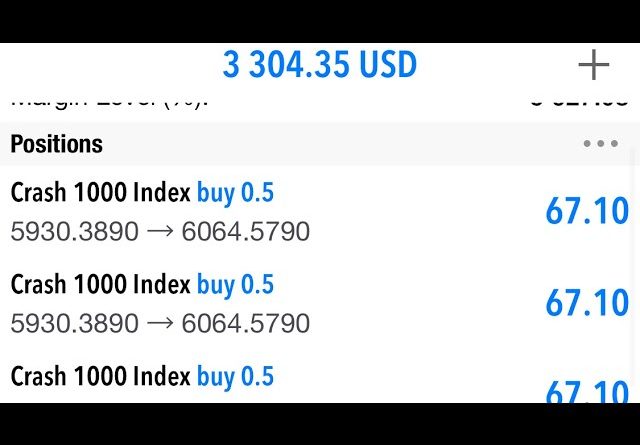The boom and crash strategy is a popular trading technique used by many traders to capitalize on the volatility of the financial markets. It involves predicting the rise and fall of prices in a short period of time, usually within a day. This strategy can be highly profitable if executed correctly, but it requires a deep understanding of market trends and patterns. In this comprehensive PDF guide, we will cover everything you need to know to master the boom and crash strategy.
Table of Contents
Understanding the Basics
Before diving into the specifics of the boom and crash strategy, it is important to have a solid understanding of the basics of trading. This includes knowledge of technical analysis, risk management, and market psychology. Without a strong foundation in these areas, it will be difficult to effectively implement the boom and crash strategy.
Identifying Market Trends
by Shubham’s Web3 (https://unsplash.com/@shubzweb3)
The first step in mastering the boom and crash strategy is to identify market trends. This involves analyzing historical data and current market conditions to determine the direction in which prices are moving. By understanding market trends, you can make more informed decisions about when to enter and exit trades.
Using Technical Indicators
Technical indicators are tools used by traders to analyze market trends and make predictions about future price movements. These indicators can be used to identify entry and exit points for trades, as well as to determine the strength of a trend. Some popular technical indicators used in the boom and crash strategy include moving averages, Bollinger Bands, and the Relative Strength Index (RSI).
Risk Management
by Clark Young (https://unsplash.com/@cbyoung)
As with any trading strategy, risk management is crucial when using the boom and crash strategy. This involves setting stop-loss and take-profit levels to limit potential losses and maximize profits. It is also important to have a clear understanding of your risk tolerance and to stick to your trading plan.
Developing a Trading Plan
A trading plan is a set of rules and guidelines that govern your trading activities. It should include your risk management strategy, as well as your entry and exit criteria. Having a well-defined trading plan can help you stay disciplined and avoid making impulsive decisions based on emotions.
Backtesting and Demo Trading
Before implementing the boom and crash strategy in live trading, it is important to backtest and demo trade to ensure its effectiveness. Backtesting involves analyzing historical data to see how the strategy would have performed in the past. Demo trading allows you to test the strategy in real-time without risking any actual money.
Conclusion
The boom and crash strategy can be a highly profitable trading technique when executed correctly. By understanding the basics of trading, identifying market trends, using technical indicators, implementing risk management, and developing a trading plan, you can increase your chances of success with this strategy. Remember to backtest and demo trade before using the strategy in live trading, and always stay disciplined and stick to your trading plan.
Have you tried the boom and crash strategy? Share your experience in the comments below.



